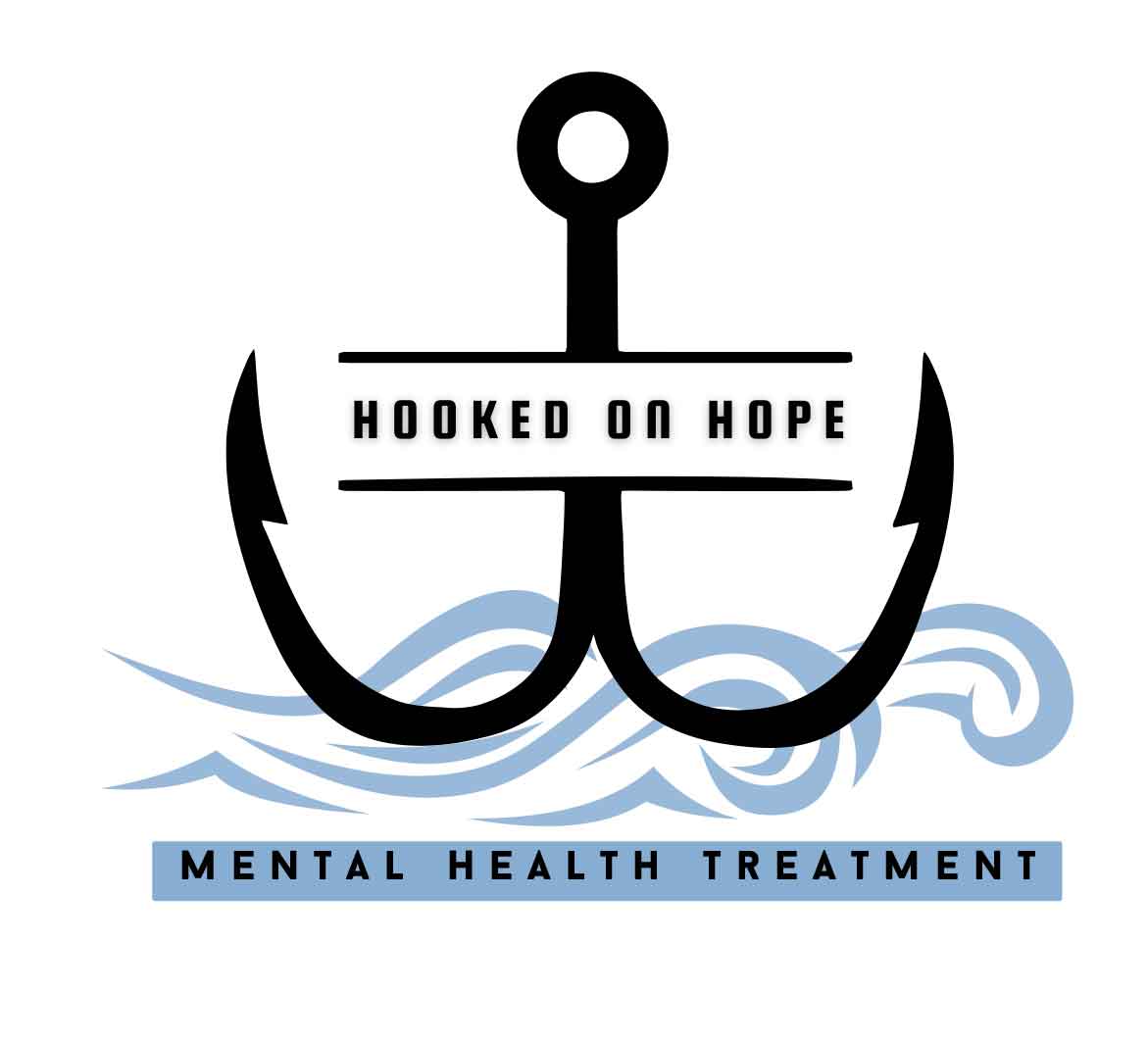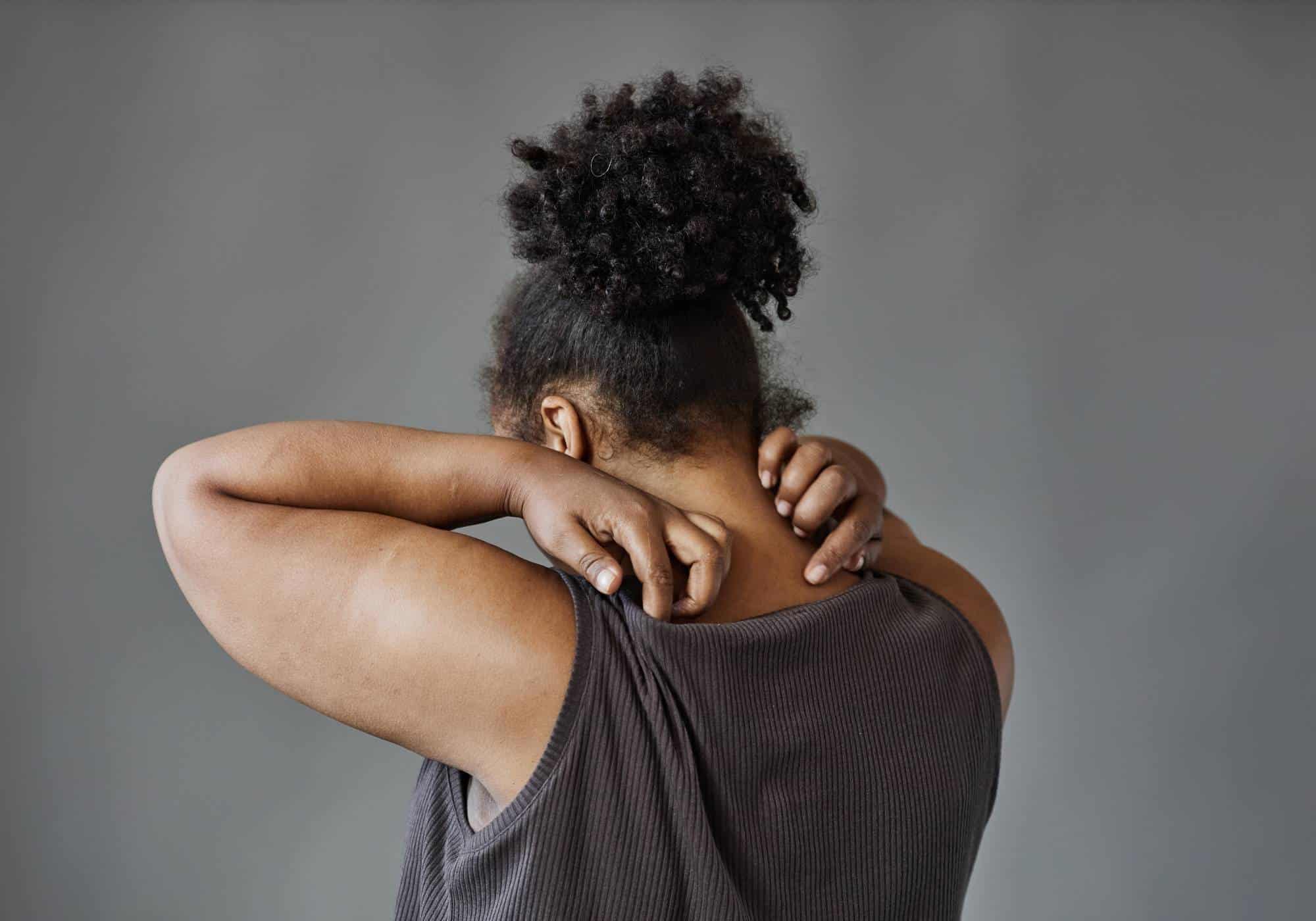Bipolar disorder is a serious mental health condition that can be profoundly challenging, impacting every facet of a person’s life and those around them. Fortunately, in the journey toward understanding and managing this complex illness, there are invaluable resources available. Education is a powerful tool, providing clarity, coping strategies, and a sense of connection for individuals and their support networks.
Whether you have recently received a bipolar disorder diagnosis, have navigated the complexities of this condition for a long time, or are seeking to better understand and support a loved one, delving into expert-authored and lived-experience narratives can make a significant difference. Here’s an expanded list of bipolar disorder books that you need to read, each offering unique insights and pathways to greater understanding and hope.
What Is Bipolar Disorder?
Bipolar disorder is a chronic mental health condition characterized by extreme and often unpredictable shifts in mood, energy, activity levels, and concentration. These profound mood swings are far more intense and disruptive than the typical ups and downs everyone experiences in daily life. Individuals with bipolar disorder experience distinct episodes of mania or hypomania (periods of elevated, expansive, or irritable mood and increased energy) and major depressive episodes (periods of profound sadness, hopelessness, and diminished energy). These episodes can last for days, weeks, or even months, significantly impacting daily functioning, relationships, and overall quality of life.
While the exact cause of bipolar disorder remains multifaceted and not fully understood, it is widely believed to be a complex interplay of genetic, neurobiological, and environmental factors. Research suggests a strong genetic predisposition, meaning if you have a close family member with bipolar disorder, your risk may be higher. However, genetics are not the sole determinant; environmental factors such as experiencing significant stressful life events, trauma, or even certain variations in brain chemistry and imbalances in neurotransmitters like serotonin and dopamine, are also thought to play a role. Additionally, substance abuse can both mask symptoms and exacerbate the condition.
According to the National Institute of Mental Health (NIMH), approximately 4.4% of U.S. adults are likely to experience bipolar disorder at some point in their lives. Among adolescents aged 13-18, the prevalence is around 2.9%, with a slightly higher incidence observed among females. These statistics highlight the widespread impact of this condition and the critical need for effective treatment and comprehensive support. Understanding the nuances of bipolar disorder is the first step toward effective management and a more stable life.
What Are the Different Types of Bipolar Disorder?
It is important to understand that bipolar disorder is not a single, monolithic condition but rather a spectrum of disorders, each with its own unique characteristics, symptom patterns, and diagnostic criteria.
The Diagnostic and Statistical Manual of Mental Disorders (DSM-5-TR) outlines several main forms of this condition:
-
Bipolar I Disorder: This is often considered the most classic and, in many cases, the most severe form of bipolar disorder. Its hallmark is the occurrence of at least one manic episode. A manic episode is a distinct period of abnormally and persistently elevated, expansive, or irritable mood and abnormally and persistently increased activity or energy, lasting at least one week and present for most of the day, nearly every day. These episodes are often so severe they necessitate hospitalization or cause significant impairment in social or occupational functioning. While depressive episodes are common in Bipolar I, they are not strictly required for a diagnosis, though most individuals will experience them at some point.
-
Bipolar II Disorder: This type of bipolar disorder is characterized by a pattern of at least one major depressive episode and at least one hypomanic episode. Hypomania is a milder form of mania; the symptoms are similar to mania but less intense, typically lasting at least four consecutive days, and while noticeable to others, they do not cause severe impairment in daily functioning or require hospitalization. Individuals with Bipolar II often spend more time in depressive states, which can be particularly debilitating.
-
Cyclothymic Disorder (Cyclothymia): This is a chronic, milder form of bipolar disorder characterized by numerous periods of hypomanic symptoms and numerous periods of depressive symptoms that do not meet the full criteria for a hypomanic or major depressive episode. These mood fluctuations occur over a period of at least two years (one year for children and adolescents). While the individual mood swings may not be as severe as those of Bipolar I or Bipolar II disorder, the chronic nature of cyclothymia can still cause significant distress and interfere with relationships, work, and overall daily functioning.
-
Other Specified and Unspecified Bipolar and Related Disorders: These categories are used when a person exhibits symptoms of bipolar disorder that cause significant distress or impairment but do not precisely meet the full diagnostic criteria for Bipolar I, Bipolar II, or Cyclothymic Disorder. This might include rapid mood shifts, short-duration hypomanic or depressive episodes, or other atypical presentations.
Understanding these variations is crucial, as accurate diagnosis guides the most effective treatment plan. Because of how diverse and intense bipolar symptoms can be, knowing what to look for and how to manage them is paramount for those living with the condition and their support systems.
What Are the Signs and Symptoms of Bipolar Disorder?
Bipolar disorder can profoundly impact an individual’s life, as well as the lives of their family and friends. Recognizing the diverse signs and symptoms is a critical first step toward seeking professional help and initiating effective management strategies. The symptoms manifest differently depending on whether a person is experiencing a manic/hypomanic episode or a depressive episode.
Symptoms of Mania/Hypomania (Elevated Moods):
- Elevated or Euphoric Mood: Feeling unusually “high,” overly optimistic, or extremely cheerful, often out of proportion to circumstances.
- Irritability and Agitation: Easily agitated, unusually impatient, hostile, or quick to anger.
- Increased Activity and Energy: Feeling wired, restless, or having an abnormal amount of energy; needing little to no sleep.
- Racing Thoughts and Speech: Thoughts jump from one idea to another rapidly; talking excessively, rapidly, and sometimes incoherently (pressured speech).
- Decreased Need for Sleep: Feeling rested after only a few hours of sleep or none at all, without feeling tired.
- Grandiose Ideas or Beliefs: Inflated self-esteem, believing oneself to be unusually talented, powerful, or famous; delusions of grandeur.
- Engaging in Risky Behavior: Impulsivity, such as reckless spending, gambling, hypersexuality, engaging in risky business ventures, or substance abuse, often without considering the consequences.
- Difficulty Concentrating: Easily distracted, unable to focus on one task.
Symptoms of Depression (Low Moods):
- Profound Sadness or Hopelessness: Persistent feelings of despair, emptiness, or worthlessness.
- Loss of Interest or Pleasure (Anhedonia): A significant decrease in interest or enjoyment in activities previously found pleasurable, including hobbies, sex, and social interactions.
- Changes in Appetite or Sleep: Significant weight loss or gain; insomnia (difficulty sleeping) or hypersomnia (sleeping excessively).
- Fatigue or Low Energy: Feeling drained, sluggish, or lacking energy, even after rest.
- Difficulty Concentrating or Making Decisions: Impaired cognitive function, leading to indecisiveness and difficulty focusing on tasks.
- Feelings of Guilt or Worthlessness: Excessive self-blame or feelings of inadequacy.
- Thoughts of Death or Suicide: Recurrent thoughts of dying, suicidal ideation, or suicide attempts. This is a severe symptom requiring immediate intervention.
Because of how intense and disruptive these symptoms can be, recognizing them early is paramount for seeking professional help as soon as possible. With the right support and individualized treatment plan, bipolar disorder is a manageable condition, and individuals can learn to stabilize their moods and live fulfilling lives.
Bipolar Disorder Books to Read
Reading books about bipolar disorder can be an incredibly empowering and informative experience. These resources offer validation, practical strategies, and a sense of community for those living with the condition, as well as their families and friends. They provide diverse perspectives, from scientific explanations to deeply personal memoirs, enriching understanding and fostering empathy.
Here are some of our top picks for books about bipolar disorder:
-
The Bipolar Disorder Survival Guide: What You and Your Family Need to Know, Third Edition by David J. Miklowitz: This book offers a comprehensive, evidence-based guide for individuals diagnosed with bipolar disorder and their families. Written by a leading expert, it provides practical strategies for managing the condition, navigating challenges, and improving communication and coping skills within families. It’s a go-to resource for clinical guidance and actionable steps.
-
An Unquiet Mind: A Memoir of Moods and Madness by Kay Redfield Jamison, Ph.D.: A pioneering work by a renowned psychologist and psychiatrist who herself lives with bipolar disorder. This memoir offers a raw, honest, and profoundly insightful look into the subjective experience of living with extreme mood swings. Jamison’s lyrical prose and intellectual rigor combine to provide a unique understanding of the illness, its challenges, and its surprising links to creativity.
-
Loving Someone with Bipolar Disorder: Understanding and Helping Your Partner by Julie A. Fast and John D. Preston: This compassionate guide specifically addresses the complexities of romantic relationships when one partner lives with bipolar disorder. It provides essential insights into how the condition impacts relationships and offers practical communication strategies, boundary setting, and mutual support techniques to maintain a healthy and positive partnership amidst the challenges.
-
The Up and Down Life: The Truth About Bipolar Disorder—the Good, the Bad, and the Funny by Paul E. Jones: This book offers a unique, often humorous, and more accessible approach to coping with bipolar disorder. While maintaining a positive outlook, it still provides valuable clinical resources and guidance, helping readers find light and resilience even in the darkest moments of the condition.
-
Marbles: Mania, Depression, Michelangelo, and Me: A Graphic Memoir by Ellen Forney: A critically acclaimed graphic novel that uses vivid illustrations and candid text to explore the author’s own journey with bipolar disorder following her diagnosis. It provides a relatable and often humorous perspective on medication, therapy, stigma, and finding a creative outlet, making complex ideas more accessible.
-
Take Charge of Bipolar Disorder: A 4-Step Plan for You and Your Loved Ones to Manage the Illness and Create Lasting Stability by Julie A. Fast and John D. Preston: From the same authors as “Loving Someone with Bipolar Disorder,” this book provides a proactive four-step plan for managing the illness. It emphasizes the importance of a comprehensive approach, including medication adherence, lifestyle adjustments, and building a strong support system for sustained stability.
-
The Bipolar Workbook: Tools for Controlling Your Mood Swings by Monica Ramirez Basco: This practical workbook offers a hands-on approach to self-management for individuals with bipolar disorder. It provides exercises and tools rooted in cognitive-behavioral therapy (CBT) to help readers identify triggers, manage mood swings, develop coping skills, and maintain emotional balance.
-
Mindfulness for Bipolar Disorder: How to Control Your Mood Swings, Stay Calm, and Improve Your Life by William R. Marchand: This book introduces the power of mindfulness practices as a complementary tool for managing bipolar symptoms. It provides guided exercises and techniques to help individuals cultivate greater awareness of their thoughts and emotions, reduce stress, and improve overall well-being.
Although these are just a few of the many impactful books available to help those struggling with bipolar disorder, each offers its own unique and rich insight into what this condition is like and how it can be managed, fostering a sense of hope and agency.
How Is Bipolar Disorder Treated?
While bipolar disorder can be a serious and often difficult-to-manage chronic condition, it is highly treatable. There are many effective treatment modalities available that can significantly manage symptoms, stabilize mood, and dramatically improve an individual’s quality of life. It’s crucial to remember that a comprehensive treatment plan for bipolar disorder is highly individualized, tailored to your specific needs, symptom patterns, and life circumstances. This plan generally includes a combination of approaches:
Medications: Pharmacological interventions are often the cornerstone of bipolar disorder treatment.
- Mood Stabilizers: Medications like lithium, lamotrigine, valproate, and carbamazepine are central to regulating mood swings by stabilizing brain chemistry. They help prevent both manic/hypomanic and depressive episodes.
- Antipsychotics: Atypical antipsychotics (e.g., quetiapine, olanzapine, risperidone) may be used to manage acute manic or mixed episodes, and sometimes as a long-term mood stabilizer, particularly if psychotic features are present.
- Antidepressants: While antidepressants can be used to treat depressive episodes, they are typically prescribed cautiously and in combination with a mood stabilizer or antipsychotic, as they can sometimes trigger manic or hypomanic episodes in individuals with bipolar disorder.
- Anti-Anxiety Medications: Benzodiazepines may be used for short-term management of severe agitation or insomnia during acute episodes.
Psychotherapy: Various forms of talk therapy are vital for managing bipolar disorder effectively, complementing medication by addressing psychological and behavioral aspects.
- Cognitive Behavioral Therapy (CBT): Helps individuals identify and challenge negative thought patterns and behaviors that contribute to mood instability, developing healthier coping mechanisms.
- Family-Focused Therapy (FFT): Involves family members to improve communication, problem-solving, and mutual understanding, which can significantly reduce relapse rates.
- Interpersonal and Social Rhythm Therapy (IPSRT): Focuses on regulating daily routines and improving interpersonal relationships, which can help stabilize circadian rhythms and prevent mood episodes.
- Psychoeducation: Educating individuals and their families about bipolar disorder, its symptoms, treatment options, and relapse prevention strategies.
Lifestyle Management and Self-Care: Integrating healthy lifestyle changes can profoundly impact the stability of bipolar disorder.
- Regular Sleep Schedule: Maintaining consistent sleep-wake cycles is critical, as sleep disruption can often trigger mood episodes.
- Healthy Diet: A balanced nutritional intake supports overall brain health.
- Regular Exercise: Physical activity can help manage stress, improve mood, and aid in sleep regulation.
- Stress Management Techniques: Incorporating practices like yoga, meditation, mindfulness, deep breathing exercises, or engaging in hobbies can help mitigate the impact of stressors.
- Avoidance of Substances: Illicit drugs and alcohol can destabilize mood and interfere with medication effectiveness, making sobriety crucial for management.
- Support Groups: Joining peer support groups provides a sense of community, shared experiences, and practical advice from others living with bipolar disorder.
It’s paramount to work closely with a doctor or mental health professional to develop a comprehensive treatment plan for bipolar disorder that addresses your specific needs, symptoms, and lifestyle. Consistency in treatment and open communication with your care team are key to achieving and maintaining stability.
Finding Hope and Healing for Bipolar Disorder at Hooked on Hope Mental Health
At Hooked on Hope Mental Health, we understand the profound challenges that come with bipolar disorder. We are dedicated to providing compassionate, evidence-based, and personalized mental health care that empowers individuals to manage their symptoms, find stability, and reclaim their lives. Our approach focuses on holistic well-being, integrating various therapeutic modalities to support you on your unique journey to recovery.
We offer a range of specialized services tailored to individuals struggling with bipolar disorder, including expert medication management, individual and group psychotherapy, and comprehensive psychoeducation. Our team of experienced mental health professionals is committed to creating a supportive and understanding environment where you can learn effective coping strategies, develop resilience, and build a foundation for long-term emotional stability.
Struggling with bipolar disorder can often feel isolating and overwhelming, but you do not have to navigate this journey alone. At Hooked on Hope Mental Health, we are here to walk alongside you, offering the expert care and unwavering support you deserve. If you are ready to take the first step toward managing your bipolar disorder and improving your quality of life, we encourage you to reach out at 470-287-1927 or via our online contact form. Our compassionate team is available to answer your questions and help you begin your path to healing and hope today.
Frequently Asked Questions About Bipolar Disorder
Understanding bipolar disorder can be a complex process. Here are some commonly asked questions to provide further clarity:
What are the main differences between Bipolar I and Bipolar II disorder?
Bipolar I is characterized by at least one full manic episode, which can be severe enough to require hospitalization. Bipolar II involves at least one major depressive episode and at least one hypomanic episode (a milder form of mania) but never a full manic episode.
Is bipolar disorder a lifelong condition?
Yes, bipolar disorder is generally considered a lifelong, chronic condition. However, with consistent and appropriate treatment, symptoms can be effectively managed, allowing individuals to lead stable and fulfilling lives.
Can lifestyle changes really help manage bipolar disorder symptoms?
Absolutely. While not a substitute for medication or therapy, lifestyle management, including maintaining a regular sleep schedule, eating a healthy diet, getting regular exercise, and stress reduction techniques, can significantly help stabilize mood and reduce the frequency and severity of episodes.
Is bipolar disorder hereditary?
Research suggests a strong genetic component to bipolar disorder. If a close family member has the condition, your risk may be higher, but genetics are just one contributing factor; environmental influences also play a role.
What should I do if I suspect a loved one has bipolar disorder?
Encourage them to seek a professional mental health evaluation. Offer your support without judgment, learn about the condition, and understand that early diagnosis and treatment can significantly improve outcomes. Avoid self-diagnosing or pushing them into specific treatments.
Can therapy alone treat bipolar disorder, without medication?
For most individuals, a combination of medication (especially mood stabilizers) and psychotherapy is the most effective approach to managing bipolar disorder. While therapy is crucial for coping skills and understanding the illness, medication is often necessary to stabilize the biological aspects of mood swings.
How long do bipolar episodes typically last?
The duration of episodes varies widely. Manic episodes typically last at least a week, but can be shorter if severe. Depressive episodes usually last at least two weeks. Some individuals experience rapid cycling, with four or more episodes in a year.
Are there any specific warning signs of an impending manic or depressive episode?
Yes, individuals often develop unique early warning signs. These might include changes in sleep patterns (less sleep before mania, more before depression), increased irritability, racing thoughts, changes in appetite, or social withdrawal. Learning to recognize these personal triggers and signs is a key part of self-management.






